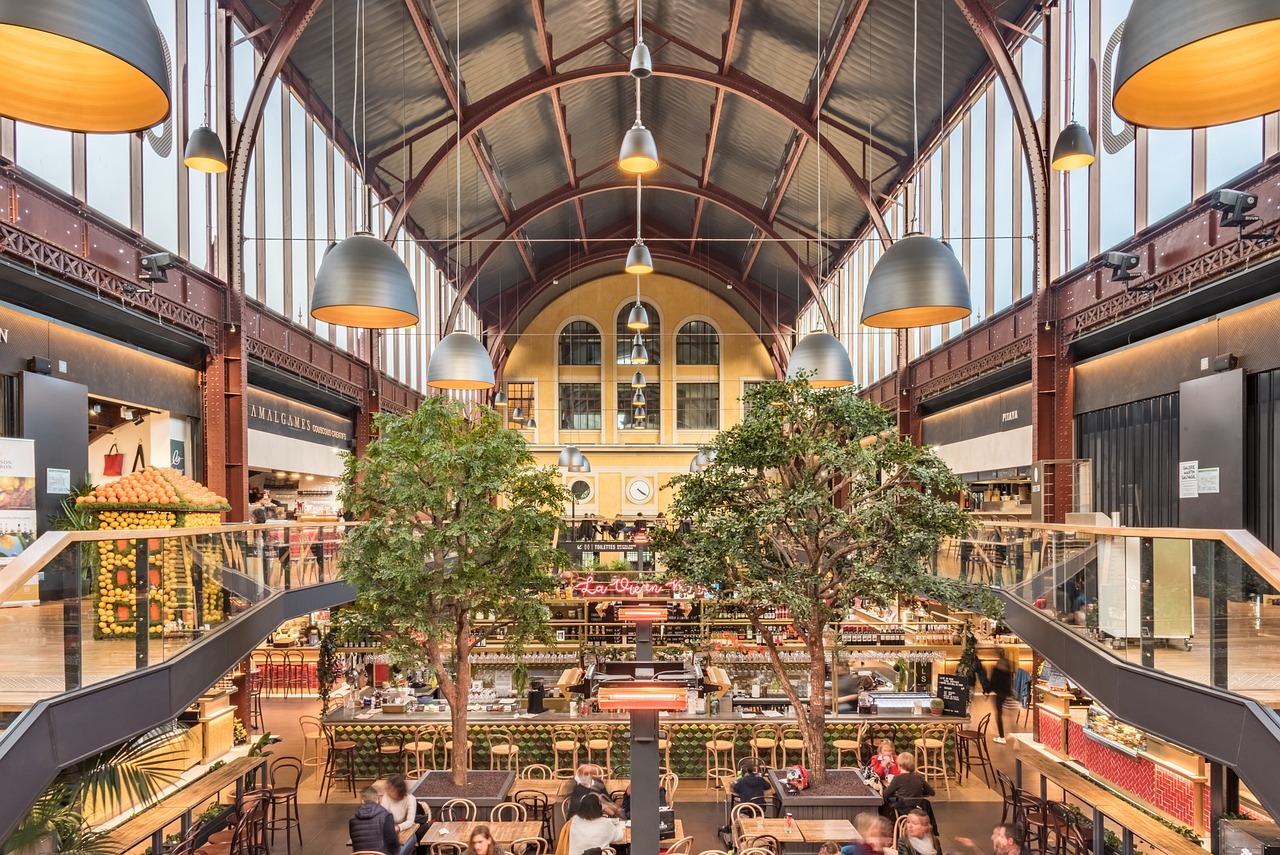Trends in Noise-reducing Building Materials for Urban Environments
all pannel.com, laser247.com, betbook247:As cities continue to grow and urbanization increases, noise pollution has become a major concern for residents. From traffic noise to construction sounds, the constant hum of the city can be overwhelming and detrimental to our health and well-being. Luckily, advancements in noise-reducing building materials are helping to combat this issue and create more peaceful urban environments.
In this article, we will explore the latest trends in noise-reducing building materials for urban environments, from innovative technologies to sustainable solutions. Let’s dive in and discover how we can make our cities quieter and more enjoyable places to live.
Acoustic Insulation: The Key to Soundproofing
One of the most common ways to reduce noise in buildings is through acoustic insulation. This involves using materials that absorb or block sound waves, preventing them from traveling through walls, floors, and ceilings. Traditional materials like fiberglass and foam are effective at dampening noise, but new innovations are taking acoustic insulation to the next level.
Advanced composite materials, such as mass-loaded vinyl and recycled denim insulation, offer superior soundproofing capabilities while being eco-friendly. These materials are designed to absorb a wide range of frequencies, making them ideal for blocking out both low and high-pitched noises. Additionally, they are easy to install and can be used in a variety of applications, from residential buildings to commercial spaces.
Green Roofs: A Natural Sound Barrier
Green roofs have become increasingly popular in urban environments for their aesthetic appeal and environmental benefits. But did you know that they can also help reduce noise pollution? Green roofs act as a natural sound barrier, absorbing and dissipating sound waves before they reach the building below.
Plants and soil on the roof surface absorb and reflect noise, making green roofs an effective way to create a quieter indoor environment. In addition, green roofs provide insulation, reduce energy costs, and improve air quality, making them a sustainable choice for urban buildings.
Soundproof Windows and Doors: Keep the Noise Out
Windows and doors are common weak points in buildings when it comes to noise infiltration. Traditional glass windows and hollow-core doors do little to block sound, allowing unwanted noise to enter indoor spaces. However, advancements in soundproofing technology have led to the development of specialized windows and doors that are designed to keep the noise out.
Double or triple-glazed windows with laminated glass are effective at reducing noise transmission, while solid-core doors with weatherstripping help create a tight seal against sound. These products not only improve acoustic comfort but also enhance energy efficiency and security.
Innovative Building Materials: Pushing the Boundaries
Innovations in building materials are revolutionizing the way we think about noise reduction in urban environments. From sound-absorbing concrete to acoustically engineered wood, new products are pushing the boundaries of what is possible when it comes to creating quiet and comfortable spaces.
One example is acoustic panels made from recycled materials, which are designed to absorb sound and improve indoor air quality. These panels can be installed on walls and ceilings to reduce reverberation and create a more pleasant acoustic environment. Similarly, sound-absorbing fabrics and carpets are being used in interior design to enhance acoustics and aesthetics simultaneously.
Sustainable Solutions: Balancing Performance and Environmental Responsibility
As the demand for noise-reducing building materials grows, so does the need for sustainable solutions that minimize environmental impact. Manufacturers are increasingly focusing on creating products that are not only effective at reducing noise but also eco-friendly and energy-efficient.
Recycled materials, such as rubber from tires and glass fibers, are being used in the production of acoustic insulation and soundproofing products. These materials divert waste from landfills and reduce the carbon footprint of buildings. Additionally, sustainable building practices like passive design and natural ventilation help minimize noise pollution while conserving energy.
FAQs
Q: How effective are noise-reducing building materials at blocking out sounds?
A: Noise-reducing building materials can significantly reduce unwanted noise levels, depending on the type of material and application. Acoustic insulation, soundproof windows, and other products are designed to absorb, reflect, or dampen sound waves, creating a quieter indoor environment.
Q: Can noise-reducing building materials be used in existing buildings?
A: Yes, many noise-reducing building materials can be retrofitted into existing buildings to improve acoustic comfort. Products like acoustic panels, soundproof doors, and green roofs can be added to buildings to reduce noise pollution and enhance overall well-being.
Q: Are noise-reducing building materials expensive?
A: The cost of noise-reducing building materials varies depending on the type of material, quality, and quantity needed. While some products may be more expensive upfront, they can provide long-term benefits in terms of energy efficiency, comfort, and health. Additionally, the use of sustainable and recycled materials can help offset costs and contribute to a more environmentally friendly building.
In conclusion, noise pollution is a growing concern in urban environments, but advancements in noise-reducing building materials are helping to create quieter and more enjoyable spaces. From acoustic insulation to green roofs, sustainable solutions to innovative products, there are a variety of options available to mitigate noise and improve acoustic comfort. By incorporating these trends into building design and construction, we can create healthier and more peaceful cities for future generations to enjoy.





